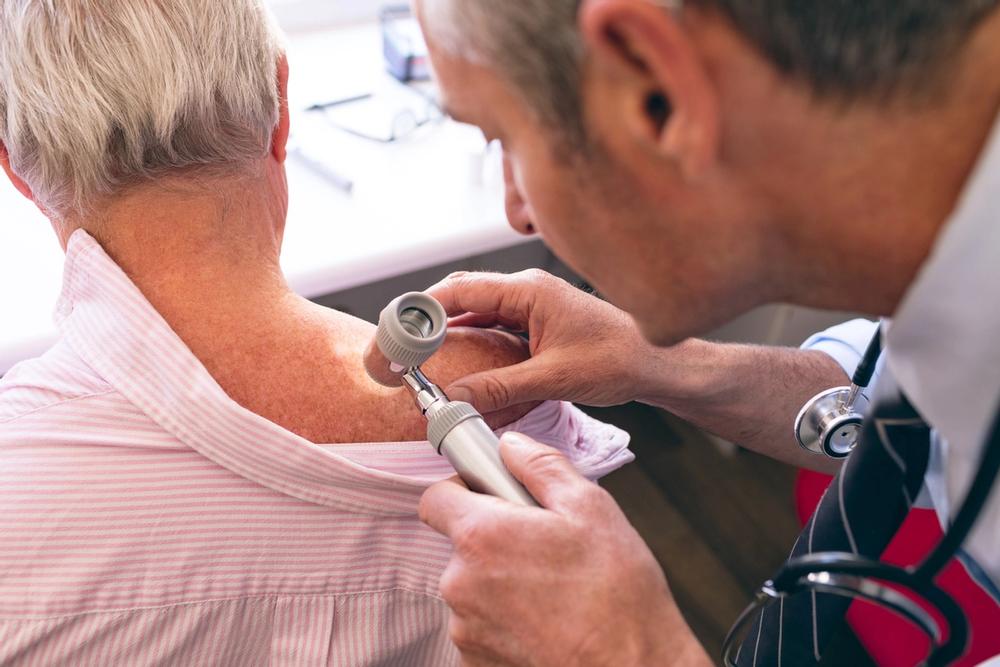Article
Evidence Analyzing Infection Prevention Methods for Surgical Wounds Requires Definition Consensus
Author(s):
A lack of consensus for the term “immunocompromised” suggests that studies demonstrating the effectiveness of infection prevention in surgical patients at a high risk of wound infection may have limited relevancy.
A review analyzing different intervention tactics for wound management to reduce complication risks in immunocompromised patients found that a lack of consensus on the definition of immunocompromised may limit the accuracy of study results.
The systematic review, published in the World Journal of Emergency Surgery, highlighted the pros and cons of intervention methods such as partial skin closure, negative pressure wound therapy (NPWT), and antibacterial prophylaxis in preventing surgical site infections (SSIs) while stressing the importance of definition consensus.
“It is necessary to elaborate a more widely approved definition of immunocompromised state. Without such shared definition, it will be hard to elaborate the needed methodologically correct studies for this fragile population,” wrote the investigators.
General and emergency surgeries carry a high rate of SSI in immunocompromised patients. Also, drugs that impair wound healing may increase patients’ risk of infection. Evidence has shown that up to 27% of patients who receive transplant surgery report SSI, of whom up to a quarter may require an interventional or surgical procedure.
Although some SSI preventive interventions are well accepted among providers, some lack substantial evidence, including NPWT, which has a low quality of evidence for patients at a high risk for SSIs and can be expensive compared with standard dressing. The investigators said that some wound management and dressing techniques lack definitive results or may not be fully understood.
The investigators conducted a literature search from January 2000 to March 2020 for studies that included SSI rates, length of hospital stay, and other surgical complications. Studies included adult patients over the age of 18 who underwent general surgery.
Additionally, patients with a high risk for SSI had to be assessed regardless of whether the study contained a formal definition for immunocompromised, such as if the patient had cancer, diabetes or other comorbidities, or received an immunosuppressant. After identifying 497 potential records, 26 studies were included in the analysis.
“Under the category of immunocompromised patient, or even under the definition of patient at high risk of developing SSI, we found a myriad of different specific conditions that have been differently investigated by literature. Given this characteristic of the research, the systematic review of literature enlightens specific answers to specific questions, leaving some areas uncovered,” wrote the investigators.
A study investigating partial skin closure, where surgeons use interrupted stitches placed 4 cm apart from each other without use of a drain, in 104 patients found that all patients successfully avoided SSI both immediately after surgery and during follow-up, producing patient satisfaction scores of up to 99%.
Overall, the investigators said that there was insufficient evidence to confirm that NPWT can prevent SSIs in patients after surgery. Studies on NPWT as a prophylaxis for patients who underwent kidney transplants produced conflicting results and there is no published literature on NPWT in patients who underwent solid organ transplants. Additionally, studies analyzing NPWT in high-risk patients found that the intervention had no significant effect on SSI rates.
The use of antibiotics in patients who underwent transplant surgery is already debated and one randomized control study found that they did not produce any differences in the primary outcome of 30-day SSI rates in 2 treatment groups. The investigators said that the use of antibiotic prophylaxis needs to be further evaluated in patients who have received a transplant.
In addition to the lack of agreement on the definition of immunocompromised, the review had some limitations, including that it attempted to provide an answer to a topic with multiple questions, there was difficulties in finding a single intervention that would lower SSI rates across the board, and that the range of topics addressed in the review was broad.
Reference
Coccolini F, Improta M, Cicuttin E, et al. Surgical site infection prevention and management in immunocompromised patients: a systematic review of the literature. World J Emerg Surg. June 10, 2021;16(33). doi:10.1186/s13017-021-00375-y



